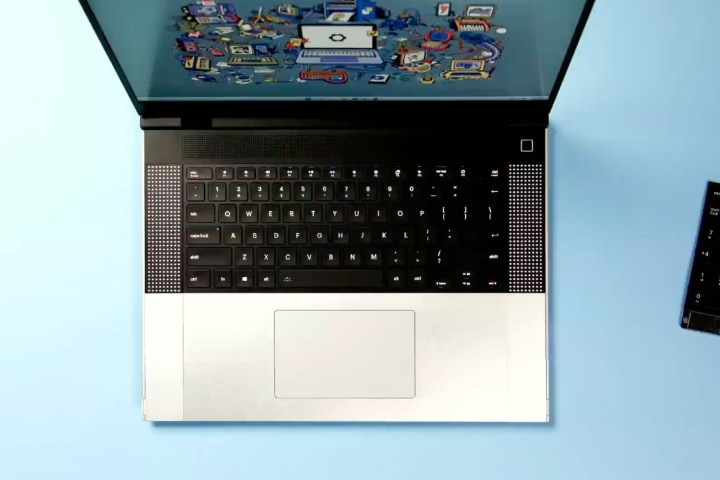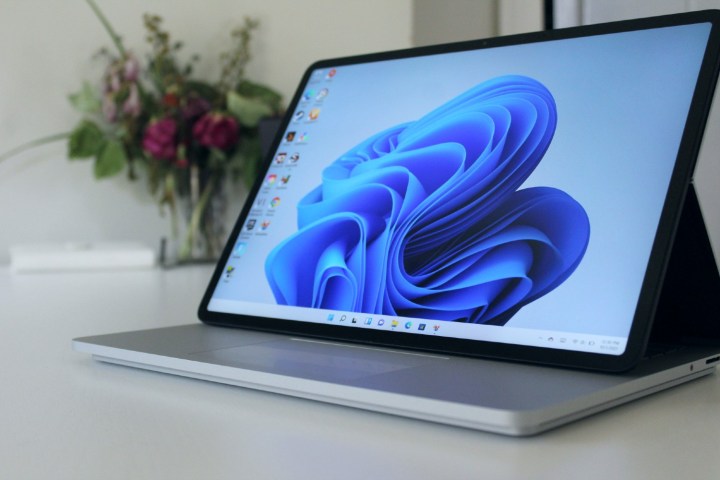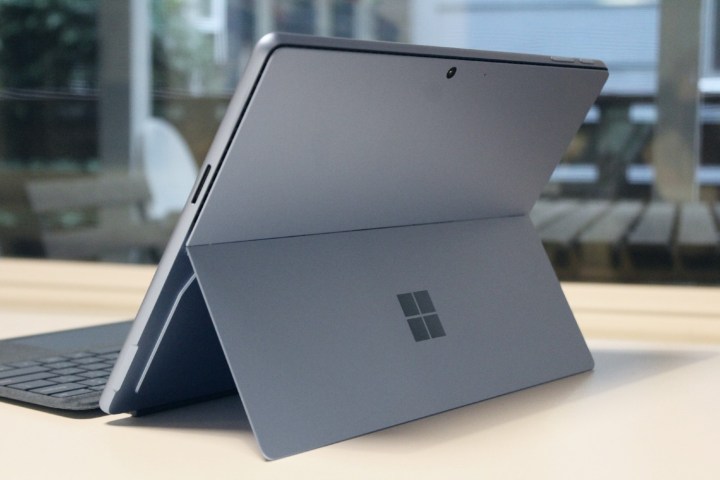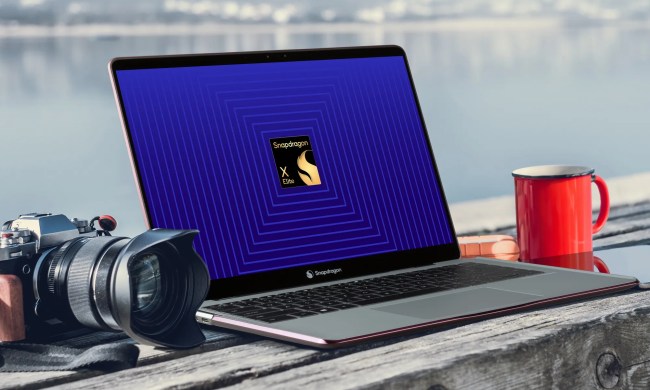As a laptop reviewer, I have the great fortune of being able to try out the latest and greatest tech in this product category. In terms of the best laptops, there’s always something interesting on the horizon. Now that we’re around halfway through the year, I want to look ahead to what’s left of the year and spotlight some of my most anticipated releases.
The range of new laptops is wide, spanning from ultra-portables to high-performance machines, mixed in with a healthy dose of experimentation. That’s enough to get me excited for what’s ahead.
Framework Laptop 16

I haven’t been shy about the fact that the Framework Laptop 16 is my most anticipated laptop of the year. I was impressed by the original Framework Laptop, but this 16-inch model takes the concept of a modular, sustainable laptop to the next level. First of all, it’s larger, meaning it has both a bigger screen and better performance. Like the 13-inch Framework Laptop, this new model will let you swap out the CPU through the Mainboard — but now you can even swap out or upgrade the discrete GPU. That’s something almost no gaming or high-performance laptops have attempted to do in a long time.
You’ll even be able to customize the keyboard to be exactly how you want it — whether that’s with a number pad, scroll wheel, or even an LED matrix. Of course, through the Framework Marketplace, there may even be many more third-party options for customization. It’s still to be determined how well this will all come together, but it’s the laptop I’m most excited to get in my hands and try out for myself.
Surface Laptop Studio 2

I was a fan of the original Surface Laptop Studio. Released in 2021, it was certainly a stand-out in the Microsoft Surface lineup as not only the most powerful Surface but also the most clever. The three different modes opened up lots of possibilities to use the touchscreen in different ways, all while never compromising the basic, high-end laptop experience.
The sequel is supposedly coming in late September or October, and it’s rumored to fix a few of the main issues with the initial model. It’s getting a bump in both graphics (up to an RTX 4060) and memory (up to 64GB), first of all, which should expand its performance by quite a bit. But more importantly, the Surface Laptop Studio 2 will reportedly use a more powerful 45-watt Intel processor rather than the 35-watt featured in the original. That lower-wattage CPU really did hold back the Surface Laptop Studio from being a true MacBook Pro competitor. Hopefully, these tweaks and improvements under the hood will make it one of the most premium laptops available on the Windows side of the aisle.
M3 MacBook Air

Apple just launched the 15-inch M2 MacBook Air, but according to the latest reports, the company plans to launch an M3 version of its 13-inch MacBook Air. I’m not excited about that based on the design, since from what we can tell, it’ll be nearly identical to the M2 model. It’s the M3 I’m interested in. We’re expecting a larger generational jump in performance here than moving from the M1 to the M2. Based on TSMC’s 3nm node, the M3 should represent a more meaningful increase in efficiency and performance, whereas the M1 and M2 were both based on 5nm.
I’ll be the first to admit that the 13-inch MacBook Air is hardly the best showcase for more performance. After all, it’s a fanless laptop, and it’s not meant to compete with the 14-inch MacBook Pro, especially in terms of graphics. But if Apple can prove that efficiency has meaningful applications in a portable laptop, such as in more battery life, the M3 MacBook Air could end up being one of the most important laptops of the year. It’ll also be a chance for Apple to clean up its MacBook lineup, which is currently stuffed to the brim.
Asus ProArt Studiobook 16 3D OLED

The 3D screen on the ProArt Studiobook 16 was one of the highlights of CES for me earlier this year. It sounds gimmicky, I know, but I found myself blown away by what Asus was able to achieve with this screen. Just through a few simple demos, I found it to be one of the most compelling uses of 3D I’ve ever seen. It was even more impressive when connected to the zSpace stylus, which let you interact with objects in 3D and hold them right up to your face. The clarity was impeccable, and it made me really hyped to spend more time with the device in the future.
It might not be the kind of laptop many people will buy, but as a laptop reviewer, it’s this kind of innovation that gets me excited. New technology always starts in its infancy with niche products, but who knows? Maybe these types of 3D screens will become more common in the future as the technology develops. For now, I just want to try out the ProArt Studiobook again, which will hopefully happen later this year.
Surface Pro 10

Last on the list is a bit of a wild card. The Surface Pro 10, like the Surface Laptop Studio 2, is rumored to launch at Microsoft’s annual Surface hardware event later this year. Unfortunately, it doesn’t appear that Microsoft will be capitalizing on the momentous 10th generation of the Surface Pro line with a brand-new design. From what we can tell, the Surface Pro 10 will look similar to the Surface Pro 9. I’m still holding out hope that Microsoft has something special up its sleeve, but that’s just me crossing my fingers.
For now, it does seem that a smaller 11-inch version of the Surface Pro is in the works, which will be a nice addition to the 13-inch model. Microsoft already has an 11-inch Surface in the Surface Go line, but a more powerful version would make for a compelling tablet experience to rival the iPad Pro. I hope there’s more to the Surface Pro 10 than just that, but either way, I’ll be eagerly anticipating what Microsoft has in store for its most popular Surface device.


